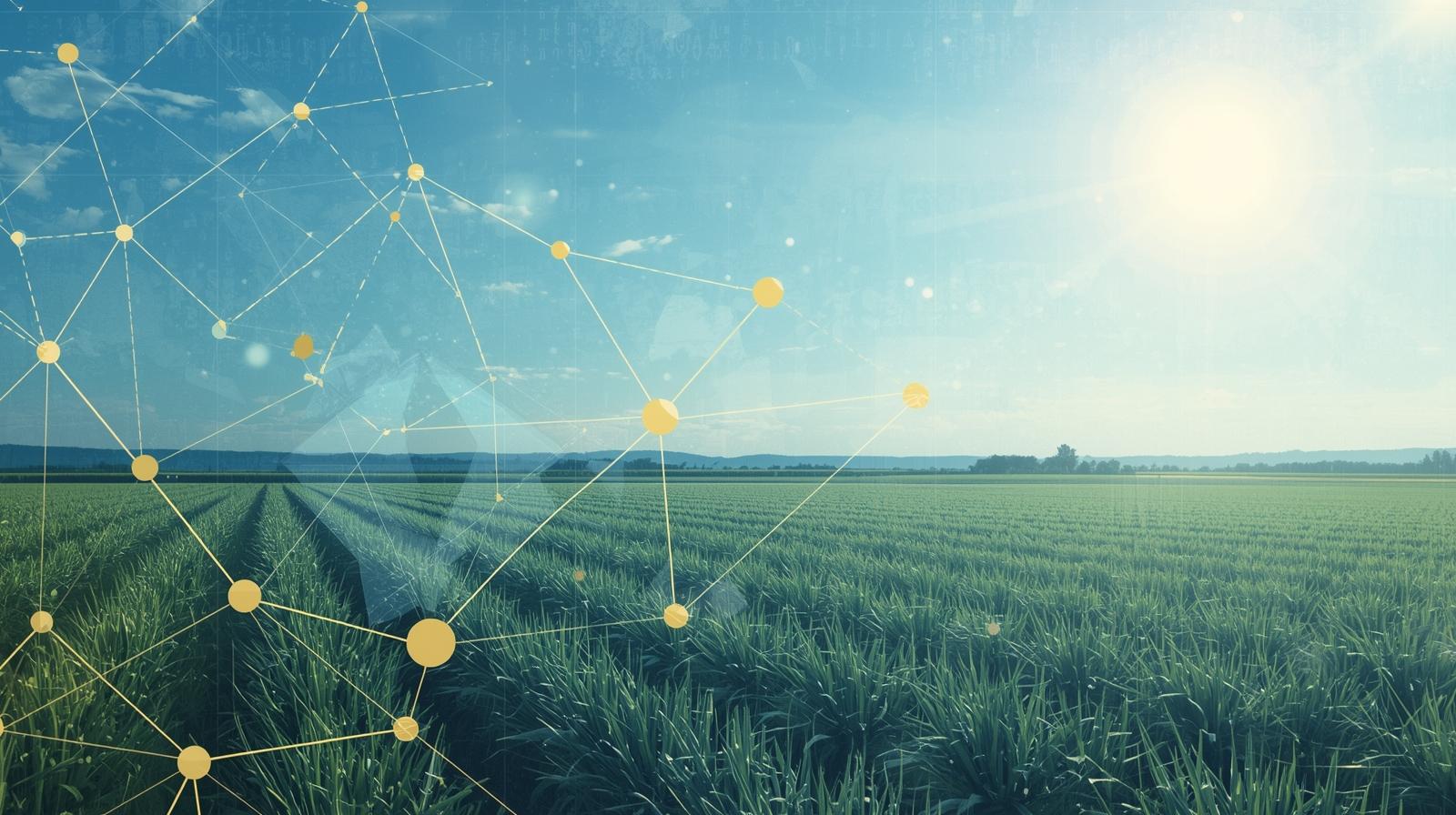
Traditional crop insurance models struggle with delayed claim settlements, limited transparency, and heavy dependence on manual verification. By integrating blockchain in crop insurance, insurers can build an ecosystem where weather data, land records, and claim events are securely recorded and instantly verifiable. This reduces disputes, increases trust, and ensures farmers receive timely payouts without navigating complex bureaucratic processes.
Additionally, the system depends heavily on fragmented datasets spread across government departments, local agencies, and insurers. These disconnected data sources create high chances of errors, fraud, and duplication. As a result, farmers experience uncertainty in receiving fair, timely compensation.

Likewise, conventional insurance schemes are centralized, and agriculturalists must follow different provisions to get insured. As most farmers and agriculturists are not much enlightened to comprehend the requirements and are left uninsured, they incur losses.
In addition, farmers generally lose their investments in farming after a crop failure and loan repayment default. This is where crop insurance comes into the picture. Crop insurance is bought by agriculturalists and funded by the government to save farmers’ investments.
Moreover, during challenging periods of crop loss, farmers subsidize the money through insurance. Crop insurance can fix this issue by establishing monetary security by guarding the investments in crop production and enhancing the risk-bearing capacity. All this can readily get streamlined by incorporating blockchain technology.
What are Crop Insurance and Agricultural Financing?
In modern times, there is an ever-rising demand to invest in agribusiness due to a considerable advancement in the global population and varying dietary choices in emerging markets for agricultural products of higher worth. Modern people also want to understand where their meals come from.
Likewise, the need to eat nutritious food mixed with the mass adoption of technology across all fields has resulted in the agriculture sector looking for supply chain administration to enhance food safety, traceability, and quality in the complete farming supply chain. This is where the introduction of blockchain technology comes to light.
Blockchain is a common, unchangeable ledger that simplifies the method of storing financial transactions and analyzing assets in an enterprise network.
Basically, anything of worth can be traded and tracked on a blockchain network, lowering threats and slashing expenses for all involved. Moreover, the use of blockchain technology in agriculture assists in enhancing the economic performance of farmland and fulfilling the demand for food for the rising population.
Some of the benefits of blockchain technology in transforming the agriculture sector are as follows:
Farmers rely on precision agriculture, farmland measurement, IoT sensors, location intelligence, vertical agriculture systems, crop administration software, and several transportation technologies to accomplish better results for agricultural products and supply chain management.
Nevertheless, improved demand for agricultural products gives rise to new problems along with an increased possibility of fraud, such as fake products jeopardizing food supply chains at distinct stages. In addition, reduced efficiency and lack of efficiency can place agriculturalists and customers at a disadvantage.
Fraud in crop insurance has been estimated to cost a considerable amount to taxpayers. Despite severe actions by private crop insurers and the national government to battle fraud linked to claims, crop insurance misrepresentations remain a substantial problem of national concern.
Hence, it might not be wrong to say that the current extent of fraud and misrepresentation in federal crop insurance increases the need for more combative and solid efforts to further eradicate this issue and support farmers.
To reduce these ongoing instances of fraud in crop insurance, the farming sector is now moving to blockchain farming and distributed ledger technology (DLT). This blockchain technology holds the power to boost efficiency, clarity, and trust throughout agricultural supply chains.

Blockchain technology facilitates the traceability of data in the food supply chain and thus assists in improving food security.
It provides a safe way of keeping and organizing data, which promotes the expansion and use of data-driven inventions for intelligent farming and smart index-based crop insurance.
In addition, blockchain technology will eliminate the requirement for middlemen and ensure clarity in the agro-finance mechanism. It employs the concept of smart contracts while executing the crop insurance system.
Upon research of the outcomes, which remains backed by endorsement testing, blockchain technology is quite effective and thus can be applied to a more extensive scale for the advantage of the agricultural industry.
Implementing blockchain in crop insurance delivers measurable improvements for both farmers and insurers:
• Faster payouts: Automated claims reduce settlement time from weeks to hours.
• Fraud reduction: Immutable records prevent duplicate or fraudulent claims.
• Increased participation: Digitized processes encourage more farmers to enroll in insurance schemes.
• Cost efficiency: Insurers reduce administrative overhead through automation.
• Policy transparency: Farmers can track claim status and trigger conditions in real time.
Spydra’s tokenization and blockchain automation platform enables insurers and government agencies to build scalable, interoperable crop insurance systems. With features such as low-code smart contract creation, event-triggered automation, and secure data tokenization, Spydra simplifies the implementation of blockchain-driven insurance models. This ensures accurate data exchange, faster claims, and improved trust among farmers.
To sum up, we can say that the utilization of blockchain technology in agriculture and crop production is still in its primary stage. A potential future solution for this can be the use of IoT mechanisms.
Further, blockchain’s attributes of traceability and non-tamperability must be more extensively and deeply analyzed to enhance the productivity and efficiency of farming production and marketing.
Blockchain provides transparent, tamper-proof data that helps automate claim verification, reduce fraud, and accelerate settlements.
Parametric insurance pays farmers based on predefined triggers—such as rainfall levels or temperature thresholds. Blockchain ensures these triggers are automatically validated using trusted data sources.
Yes. Immutable records and smart contract rules ensure all stakeholders work with verified, transparent information, eliminating common claim-related disputes.
By recording satellite data, land records, weather events, and farmer IDs on a distributed ledger, blockchain prevents duplicate claims, false reports, and data alteration.
Blockchain reduces operational costs, improves efficiency, ensures faster payouts, and builds long-term trust with farmers—boosting overall insurance adoption.